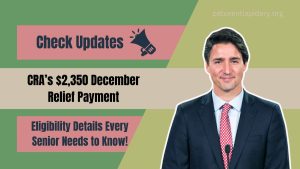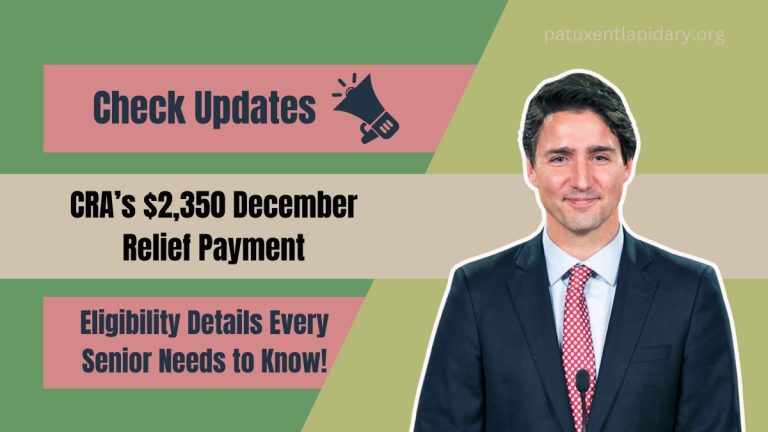Navigating Canada’s housing market can be daunting, especially for first-time homebuyers facing escalating prices and stringent mortgage criteria. To address these challenges, the Canadian government introduced the First Home Savings Account (FHSA) in 2023.
This innovative registered savings plan merges the benefits of a Registered Retirement Savings Plan (RRSP) and a Tax-Free Savings Account (TFSA), offering substantial fiscal advantages to aspiring homeowners.
Understanding the First Home Savings Account (FHSA)
The FHSA is designed to assist first-time homebuyers in saving for a down payment. It allows eligible Canadians to contribute up to $8,000 annually, with a lifetime contribution limit of $40,000.
Contributions are tax-deductible, reducing taxable income for the year, and the investments within the account grow tax-free. Withdrawals used for purchasing a qualifying home are also tax-free, providing a significant boost to savings.
Eligibility Criteria for the FHSA
To open an FHSA, individuals must meet the following criteria:
- Age and Residency: Be a Canadian resident aged between 18 and 71. In provinces where the legal age for entering contracts is 19, the minimum age requirement adjusts accordingly.
- First-Time Homebuyer Status: Neither the individual nor their spouse or common-law partner should have owned a home that was used as a principal residence in the current year or any of the previous four calendar years.
Contribution Limits and Tax Benefits
The FHSA offers flexible contribution options and notable tax advantages:
- Annual Contribution Limit: Up to $8,000 per year. Unused contribution room can be carried forward, allowing for a maximum of $16,000 in contributions in a single year if no contributions were made the previous year.
- Lifetime Contribution Limit: A total of $40,000 over the account’s lifetime.
- Tax Deductibility: Contributions are tax-deductible, effectively reducing taxable income for the year. For instance, a full $8,000 contribution can lower the overall tax liability.
- Tax-Free Growth and Withdrawals: Investments within the FHSA grow tax-free, and withdrawals for purchasing a qualifying home are not taxed, maximizing the savings potential.
How to Open an FHSA
Opening an FHSA involves several steps:
- Verify Eligibility: Ensure you meet the age, residency, and first-time homebuyer criteria.
- Choose a Financial Institution: Select a bank, credit union, trust company, or insurance company that offers FHSAs.
- Prepare Documentation: Gather necessary documents, including your Social Insurance Number (SIN) and proof of date of birth.
- Complete the Application: Provide the required information and any additional documents requested by the chosen institution.
- Designate a Beneficiary: Optionally, choose a beneficiary to receive the account balance in case of your death.
- Start Contributing: Begin making contributions, adhering to the annual and lifetime limits.
Investment Options within an FHSA
Funds in an FHSA can be invested in various qualified investments, similar to those permitted in TFSAs and RRSPs, including:
- Guaranteed Investment Certificates (GICs)
- Mutual Funds
- Government and Corporate Bonds
- Publicly Traded Stocks
It’s essential to ensure that all investments comply with the regulations governing registered accounts to maintain the tax-advantaged status of the FHSA.
FHSA vs. Home Buyers’ Plan (HBP)
The FHSA can be used in conjunction with the existing Home Buyers’ Plan, which allows first-time homebuyers to withdraw up to $35,000 from their RRSPs to purchase a home. By combining both programs, individuals can access up to $75,000, plus any investment growth within the FHSA, providing a substantial boost to their down payment.
Key Considerations
- Over-Contributions: Exceeding the contribution limits results in a 1% monthly tax on the excess amount until it’s withdrawn or absorbed by new contribution room in the following year.
- Account Duration: The FHSA can remain open for up to 15 years or until the end of the year you turn 71, whichever comes first. Unused funds can be transferred tax-free to an RRSP or RRIF, without affecting RRSP contribution room.
- Non-Qualifying Withdrawals: Withdrawals not used for purchasing a qualifying home are taxable and may impact eligibility for certain benefits.
| Feature | Details |
|---|---|
| Annual Contribution Limit | $8,000 |
| Lifetime Contribution Limit | $40,000 |
| Carry-Forward Room | Unused annual contribution room up to $8,000 can be carried forward to the next year |
| Tax Deductibility | Contributions are tax-deductible, reducing taxable income |
| Tax-Free Growth | Investment earnings within the FHSA are not taxed |
| Tax-Free Withdrawals | Withdrawals for purchasing a qualifying home are tax-free |
Can I open an FHSA if I owned a home five years ago?
Yes, if you haven’t owned a home that served as your principal residence in the current year or any of the previous four calendar years, you’re considered a first-time homebuyer and eligible to open an FHSA.
What happens if I don’t use the FHSA funds to buy a home?
If you don’t purchase a qualifying home within 15 years of opening the FHSA or by the end of the year you turn 71, the remaining funds can be transferred tax-free to an RRSP or RRIF, without affecting your RRSP contribution room.
Can my spouse and I both open separate FHSAs?
Yes, both you and your spouse or common-law partner can open individual FHSAs, each with an annual contribution limit of $8,000 and a lifetime limit of $40,000, potentially doubling your combined savings.







